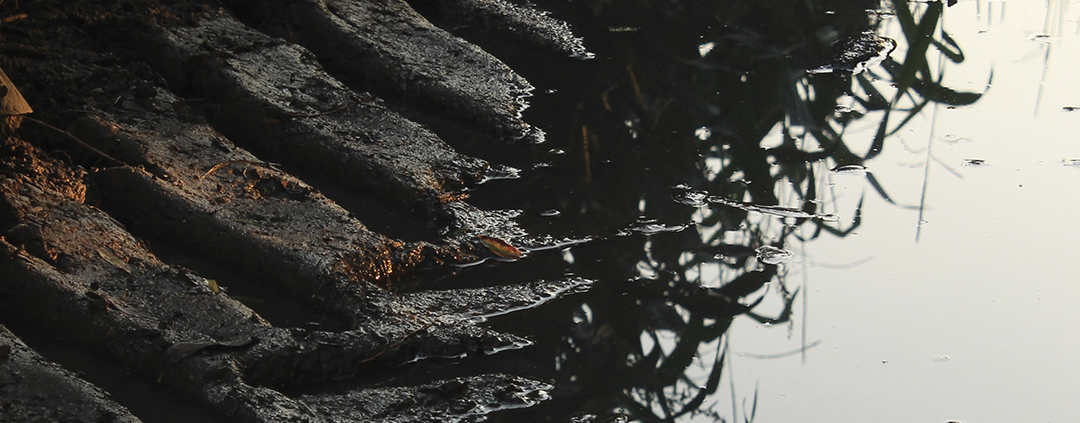Our system of how we handle our energy industry by-product water is desperately broken. Here’s the situation.
Case study: In 2020 Wyoming produced 89 million barrels of oil. Wyoming also produced 1.3 billion barrels of water. As each barrel consists of 42 gallons, that works out to 58 billion gallons or 177,995 acre feet of water. For perspective, a swimming pool that is 267 feet long, 50 feet wide and 10 feet deep holds 1 million gallons.
Other western, oil producing states have the same issue
Most, not all, but most of this water was disposed of, either being pumped into a deep formation down hole (disposal well) or put in evaporation ponds.
As we continuesto be in a drought and the public is asking for more environmentally friendly ways for industry to operate, there must be a new approach to how we identify this produced water. This water can be used beneficially to help agriculture where the wells are being produced. The water can be used for irrigating range land, hay fields, and/or used for stock water creating better grazing opportunities.
The Biden administration has created an interesting dynamic in the oil and gas sector. By eliminating federal leasing, the administration has inadvertently flung private minerals into the spotlight. Private and state mineral development is nothing new, of course, but now the pressure is again on the private and state minerals to be developed.
The mineral estate is divided into three sectors; private minerals are owned by citizens; state minerals have been transferred to the individual state, either from federal or private minerals, for management by the state; and federal minerals which are owned and managed by the federal government.
These different mineral estates are often owned by different entities than the surface of the land. This phenomenon is known as split estate. A split estate occurs when, for instance, a private surface owner has federally owned minerals under the land. The minerals are leased and developed without the surface owner getting a royalty for any mineral production. The surface owner is allowed a financial benefit for loss of use of the land that is required for the mineral production. This situation has occurred many times in western states, such as Wyoming where 66% of the minerals are managed by the federal government.
In the early 2000’s Wyoming passed a law requiring a process to be used to ensure everyone involved in split estate situations were treated fairly. Both sides, industry and landowners, had felt that they were being taken advantage of by the other in split estate situations, thus the state believed a pathway for fairness was necessary. Wyoming was the first state in the union to pass such a law, and it was quickly incorporated into regulation as well.
Interestingly enough, prior to the passage of this law, industry and landowners seemed to cooperate very well together. Industry was quick to help landowners with things such as new cattle guards, fencing, and generally being a good neighbor. Landowners looked forward to industry coming to them and welcomed the relationships they would build over the course of years the production was occurring. Then, something changed.
We can play the blame game all we want. It is CBM’s fault. It is industry’s fault. It is landowner’s fault. It is lawyer’s fault. Fact is, it does not matter whose fault it is. The system is currently broken and to ensure our country receives the energy and minerals it requires to properly operate we need to fix this problem.
How? One way to ensure we find a solution for all involved is water. Water is life, for all of us. In 2020 Wyoming produced millions of barrels of water with the millions of barrels of oil. This water historically has been considered a waste stream. Collectively we need to change our opinions and begin to consider this water for beneficial use.
Industry has a history of using fresh water from various sources including water wells used for irrigation for completing wells. This practice has proven to be ineffective, and industry is now re-cycling some of the produced water for completing wells, however, this is an exceedingly small percentage of the water being produced.
Most, not all, but most of this water is being disposed of either by injection into deep disposal wells or held in evaporation ponds. By industry working with a third party who can treat the water to regulatory requirements, and letting the private landowner use the treated water for agricultural purposes the strained relationships will begin to heal.
Landowners are always looking for additional sources of water, particularly now that we are fighting another drought. Industry is trying to find ways to manage this produced water that has been problematic for years. The solution is simple.
We can re-purpose this water for beneficial use. We have proven technology that can treat the water. We have educated soil scientists that can ensure the soil is not damaged when land applying the treated water. We have the economics to ensure we can treat the water in a financially responsible way to ensure industry can continue to produce the well with economic water management.
The time is now. We must fix our broken system.


